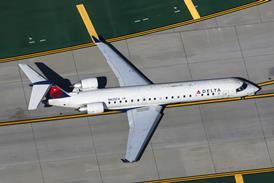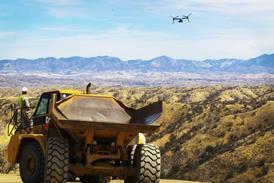Pratt & Whitney Canada has begun flight testing its PW600F small turbofan demonstrator as Cessna nears selection of an engine to power its Citation Mustang entry-level business jet. A 1,500lb (6.7kN) thrust-class PW615 version of the P&WC engine is competing with the Williams International FJ33 to power the new personal jet.
Mounted on P&WC's Boeing 720 testbed, flight testing of the 2,500lb-thrust demonstrator engine began on 10 October. The first series of flights using a breadboard control system will be followed by a second phase early next year using the dual-channel full-authority digital engine control system planned for the production engine.
Performance, handling and relight tests met or exceeded expectations, says P&WC, boosting the company's bid to power the Citation Mustang. "This lends credibility to our proposal," says John Wright, vice-president marketing, business aviation. "This shows we have the technology ready for launch."
The PW600F demonstrator programme is a risk-reduction effort intended to allow the company to certificate the first member of the engine family within 36 months of launch. Cessna plans to select an engine by year-end, leading to a Mustang first flight in May 2005 and certification the following year.
P&WC offered a 3,000lb-thrust version of the PW600 to power the stretched Citation CJ3, but Cessna stayed with the Williams FJ44. Wright says the company has been assured by Cessna there will be a level playing field in selecting an engine for the all-new Mustang.
The company is offering a 1,500lb thrust-class engine with built-in growth and further increases in power requiring only minor hardware changes. "The Mustang is a new platform and will grow, so we have identified a first growth step," says Wright.
Source: Flight International























